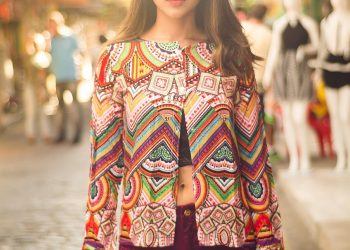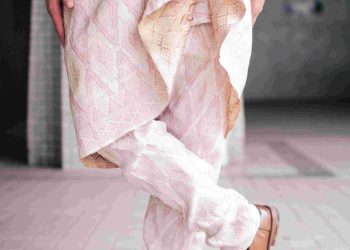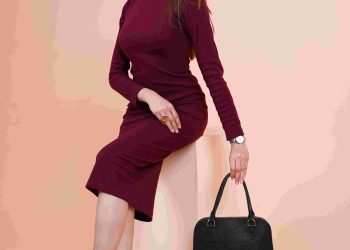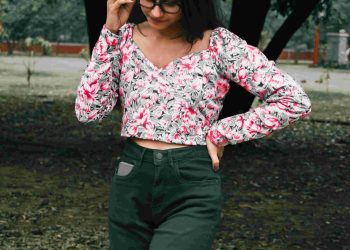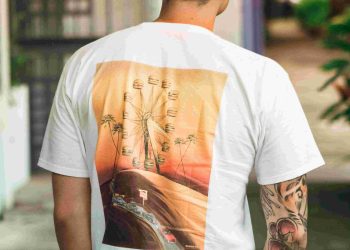Emerging Trends in Fashion
The fashion industry is no longer just an expression of art—it’s a reflection of culture, technology, and innovation shaping our collective future.
The Bold Shift: Fashion as a Driver for Change
“Fashion isn’t frivolous—it’s the armor we wear to conquer the world,” once said by Bill Cunningham, encapsulates the transformative power of this multi-billion-dollar industry. But let’s challenge this traditional view: what if fashion isn’t merely reacting to cultural movements but
leading
them? Imagine a future where sustainability meets technology, creating clothes that don’t just dress us but empower us.
In 2021, I found myself standing in front of a mirror, holding a jacket made of biodegradable fabric. As an eco-conscious shopper, I felt a small victory—but I also questioned how sustainable fashion could truly impact the world. This personal reflection expanded into a broader realization: fashion is no longer about individual choices but societal transformation. Every piece tells a story, connects to a global supply chain, and mirrors our evolving values.
Breaking Stereotypes: Challenging the Status Quo
Fashion has long been seen as an industry driven by aesthetics and celebrity endorsements. But recent trends showcase a massive shift toward inclusivity, ethics, and technology. The rise of gender-neutral clothing lines, adaptive fashion for differently-abled individuals, and bold ethical stances by brands like Patagonia challenge the traditional norms of beauty and consumerism. These shifts are not just progressive—they are revolutionary.
Take, for instance, the psychological impact of personalized garments: when you wear a piece designed to fit your identity rather than societal expectations, your confidence soars. Fashion no longer tells us who to be; it allows us to tell the world who we are.
Technology Meets Textiles: The Future of Fashion
Can clothing become more than just fabric? With rapid innovations in wearable tech, it already has. Garments capable of monitoring your health, adjusting to temperature changes, and even generating energy are no longer confined to science fiction—they are stepping off the runways and entering our closets. Using interdisciplinary knowledge in AI, nanotechnology, and material sciences, forward-thinking brands are creating a new frontier in fashion.
Consider the example of graphene—a material 200 times stronger than steel at just an atom thick—woven into clothing to make it durable, light, and multifunctional. Similarly, startups are exploring textile recycling technologies that not only reduce waste but also produce fibers as strong and versatile as virgin materials.

Actionable Insights for Readers
If you’re wondering how to engage with these trends, here are some steps you can take:
-
Support sustainable brands:
Look for certifications like Fair Trade, OEKO-TEX, or B-Corp when shopping. -
Repair instead of replace:
Learn basic clothing repair skills—it’s sustainable and satisfying. -
Rent or recycle:
Platforms like Rent the Runway or ThredUp emphasize a circular fashion economy. -
Experiment with new materials:
Keep an eye out for emerging materials like mushroom leather (mycelium) or lab-grown silk.
FAQs: Emerging Trends in Fashion
- What is the biggest trend in fashion right now?
- The biggest trend is sustainability, driven by consumer demand for ethical production and reduction of waste.
- How is technology influencing the fashion industry?
- Technology is revolutionizing fashion through innovations like 3D printing, wearable tech, and AI-driven design collaborations.
- What materials are shaping the future of sustainable fashion?
- Materials such as recycled plastics, mushroom leather, and bio-fabricated wool are at the forefront of sustainable innovations.
Conclusion: A Seamless Transition
As we return to our opening thought, fashion plays a dual role: it reflects the present and heralds the future. The industry is now a beacon of change, blending sustainability, inclusivity, and technological innovation. This evolution challenges us to move beyond being mere consumers to becoming conscious participants in a global narrative.
The next time you wear an outfit, consider its journey from idea to fabric, from culture to closet. In doing so, realize that you are not just wearing clothes; you’re wearing the future.
As fashion icon Coco Chanel once said, “Fashion is not something that exists in dresses only. Fashion is in the sky, in the street, fashion has to do with ideas, the way we live, what is happening.” The exciting trends emerging today expand far beyond the runway—they are a testament to where humanity is headed, one stitch at a time.


